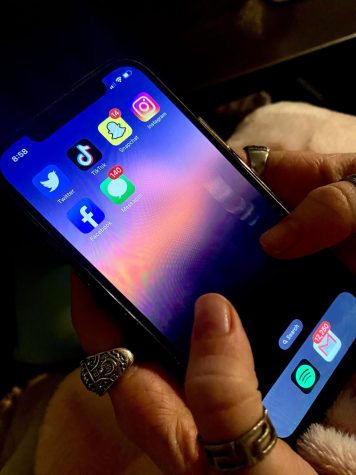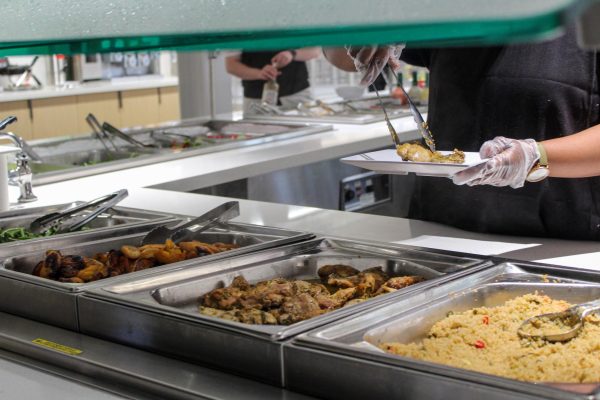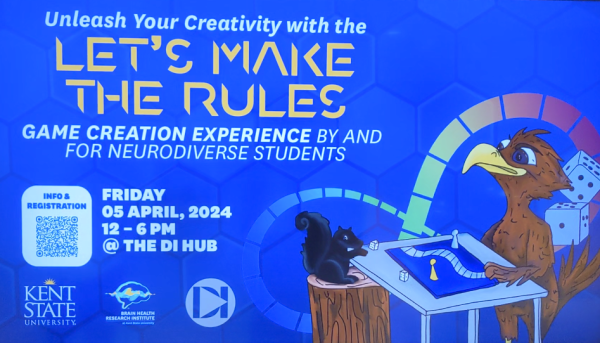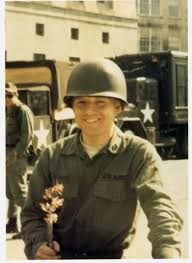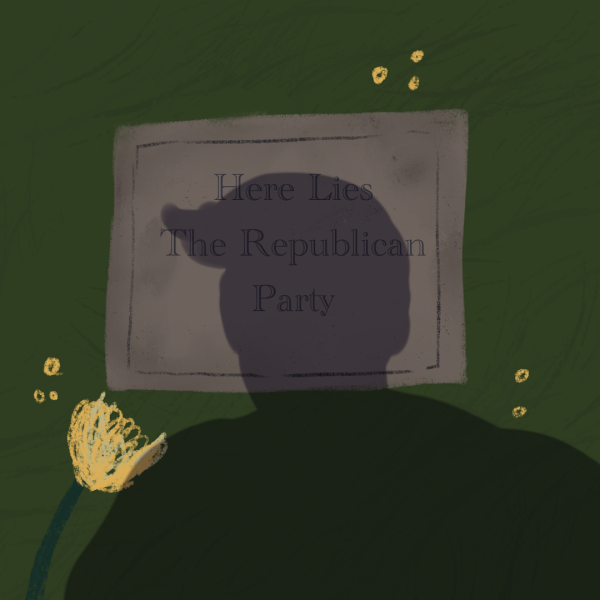Racial tensions still a daily reality for Kent State students
November 29, 2007
PHOTO ILLUSTRATION BY KATIE ROUPE |DAILY KENT STATER
Credit: DKS Editors
Editor’s Note: This is the second part in a two-day series about racial tensions on Kent State’s campus.
It’s human nature to shy away from discussing race and other sensitive topics until something big happens. This type of mentality, said George Garrison, professor of Pan-African Studies, stems from ignorance, unless something directly affects someone.
“There’s a certain complacency that unless something is affecting us directly, we tend to go about our business,” he said.
But when these big happenings are handled properly, BUS President Sasha Parker said they can spark productive conversations.
For example, this year after the week in which someone painted the “n-word” on a university sign and rumors generated of a noose being hung on campus, Save the World held a forum on race relations and Harambee held a rally against racism.
“Each year that I’ve been here has been marked by one big discriminatory event,” she said, mentioning the “n-word” being painted on someone’s car and appearing in a column in the Daily Kent Stater. “The changes we made then impacted the whole university.”
But when starting conversations, Parker said it is important to remember that sometimes you can’t change someone. Some people will always be tuned out. She compared the situation to an AM/FM radio – you won’t be able to hear what someone’s saying unless you’re willing to listen.
“If you’re on FM, and everyone else is on AM, you’re not even going to hear those things,” she said.
If the person is rational, however, Parker said people should ask why they hold that opinion, while keeping in mind where and when the person was brought up.
| YESTERDAY
In yesterday’s Stater, students explained where they see racial tensions on campus. Some said they see tensions within their own circle of friends when their peers assume there are differences between races. Others said they notice an anger between races when people steer to the other side of the sidewalk while passing someone of another race. George Garrison, professor of Pan-African Studies, said these tensions come from the nature of their upbringing and from what students see in the media. Steve Michael, vice provost for diversity, said it is important to remember that not just one race should be blamed for the tensions that exist. To get past these tensions, KSU-NAACP President Preston Mitchum stressed the importance of starting dialogue among the student body. |
KSU-NAACP President Preston Mitchum said it’s sometimes hard for these conversations to start because people are afraid of offending someone. To fix this, he said it’s important to choose words wisely – but that doesn’t necessarily mean starting a question with the phrase, “with all due respect.”
“I wouldn’t say, ‘With all due respect, do all white people wear argyle?'” he said.
Instead, people should use their own common sense to draw the line.
“People know where the line is,” he said. “But people use it as an excuse.”
Emiko Omabegho, junior communication studies major, recalled a time when one of his classes was discussing affirmative action. The conversation became heated, and consequently, the teacher steered the class away from the conversation.
Sometimes, he said, people don’t want to hear about issues like this and the Jena 6 because it makes them uncomfortable and “afraid of stepping on other people’s feet.”
“People are afraid to talk about current events,” he said. “Instead of listening to the issue, they immediately pick a side.”
But steering away from one’s comfort zone may be a way to help spark dialogue, said Steve Michael, vice provost for diversity.
“Why do you hide it in your heart?” he said. “I’m open to conversations about difficult issues. I go out of my comfort zone every day.”
Still, he said having these conversations may be difficult because of fear.
“We are a creature of habit,” he said. “You have to catch yourself. Say, ‘OK, he’s different from me, but I can still like him.'”
Beyond conversation
Michael said another way students can dissolve racial tensions on campus is to aim to have at least one friend of a different race or background. And once students get to know that person, he said they should try to get to know that person’s family, and attend cultural events with that person.
“Attend events that you normally would not attend,” he said. “To events that you would normally attend, bring someone who is different.”
Parker, who said she once had the opportunity to celebrate Hanukkah with a Jewish friend, agreed that sharing these kinds of events would help ease tensions between races and cultures.
When Garrison began meeting people of different races and cultures, he said he tried to think of the situation as interesting, rather than scary.
“Don’t be fearful,” said Garrison. “You have to step out and have a chance to meet people. The waters may be cold at first, but you’ll get used to it.”
If people approach meeting others with a “student mindset,” knowing there’s something new they are going to learn, he said it would help people cross racial and ethnic lines.
“It would give them the kind of confidence they need to go forward,” Garrison said. “But there’s always uncertainty and uneasiness.”
He also said students should try to see movies and programs that show a different side of black culture than is usually portrayed in the media; for example, blacks living in traditional families.
“Some are blue collar workers, some are professionals, some are wealthy and some are very poor, the same as white people,” he said.
He said it is also important to realize when meeting people of other backgrounds, that there will be people you do not get along with, just as there are people of your own background that you do not get along with. At the same time, some will share your goals and aspirations.
“You’ll run into people who have the same values and positive goals,” he said. “That group of people are racially diverse.”
BUS treasurer Chelsea Fuller said another way to ease tensions is to hold a forum or a panel to address issues and questions. For example, last year a group of professors from the department of Pan-African studies held one of these panels to discuss topics such as racism, sexism and retention rates.
She said doing this allows people to address issues as a whole rather than confronting someone individually.
While Fuller said those kinds of things help, discomfort between races and cultures won’t be going anywhere anytime soon.
“It takes time,” she said. “There isn’t a lot you can do. If there was something we could have done, we would have already done it.”
But for now, making the effort to educate yourself, and understanding others and where they are coming from, is key.
“Harmony can best be achieved,” Garrison said, “by optimal knowledge and understanding of each other across racial lines.”
Contact minority affairs reporter Christina Stavale at [email protected].













